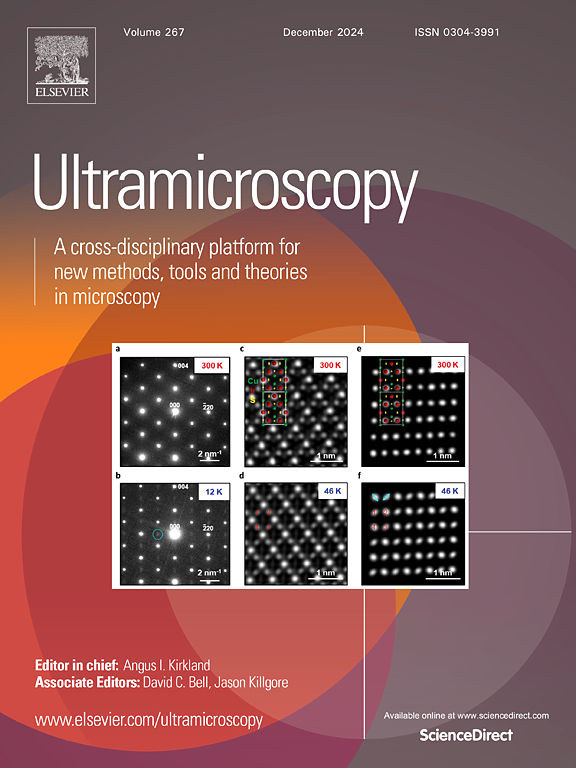Characterization of the mechanical properties of the cortex region of human hair fibers by multiparametric atomic force microscopy mapping
Abstract
We show the benefit of the use of atomic force microscopy (AFM) in spectroscopy force mode (FV: force volume) for evaluation of the cosmetic active effectiveness in improving the mechanical properties of human hair fibers cortex region. For this, we characterized human hair fibers without and with chemical damage caused by bleaching process. Fiber and resin (embedding material) data were obtained simultaneously in the mapping in order to have the resin data as a reference to ensure a coherent comparison between data from the different fiber groups. Our AFM results, which were evaluated using statistical tests, demonstrated the degradation of fibers after bleaching, corroborating the findings of transmission electron microscopy analysis and the effectiveness of a cosmetic active ingredient in improving the Young's modulus (elastic modulus) () of the damaged fibers. We also found a radial decrease in the natural logarithm of Young's modulus ln() along the cross-section of the active group fiber, which is compatible with confocal Raman spectroscopy analysis by other authors, demonstrating variation of the active permeation with depth. We note that Young's modulus was also determined by a tensile tester (macro-scale technique), in which it was not possible to obtain statistically significant differences between the groups, evidencing the advantage of the FV-AFM analysis. We also found an increase in ln() accompanied by a decrease in maximum adhesion force between tip and sample (negative Pearson correlation coefficient). This result can be explained by the fact that structures composed of hydrophobic components have a higher Young's modulus than structures composed of hydrophilic components.
- •
Bleaching damage and cosmetic hair treatment assessed by AFM, TEM, and tensile tester.
- •
Young's modulus by AFM nanoindentation of hair fibers monitored by sample standard.
- •
Young's modulus changes radially along the cross-section due to the cosmetic active.
- •
AFM data show statistically significant differences among sample groups.
- •
Tensile tester was not able to show statistically significant differences.

 求助内容:
求助内容: 应助结果提醒方式:
应助结果提醒方式:


